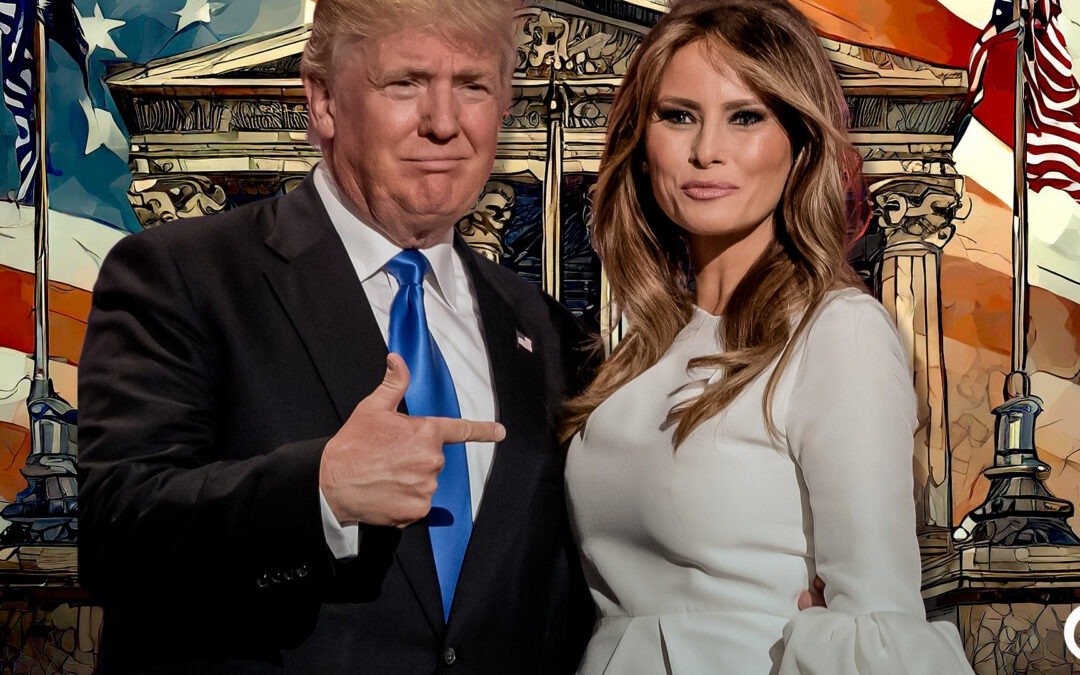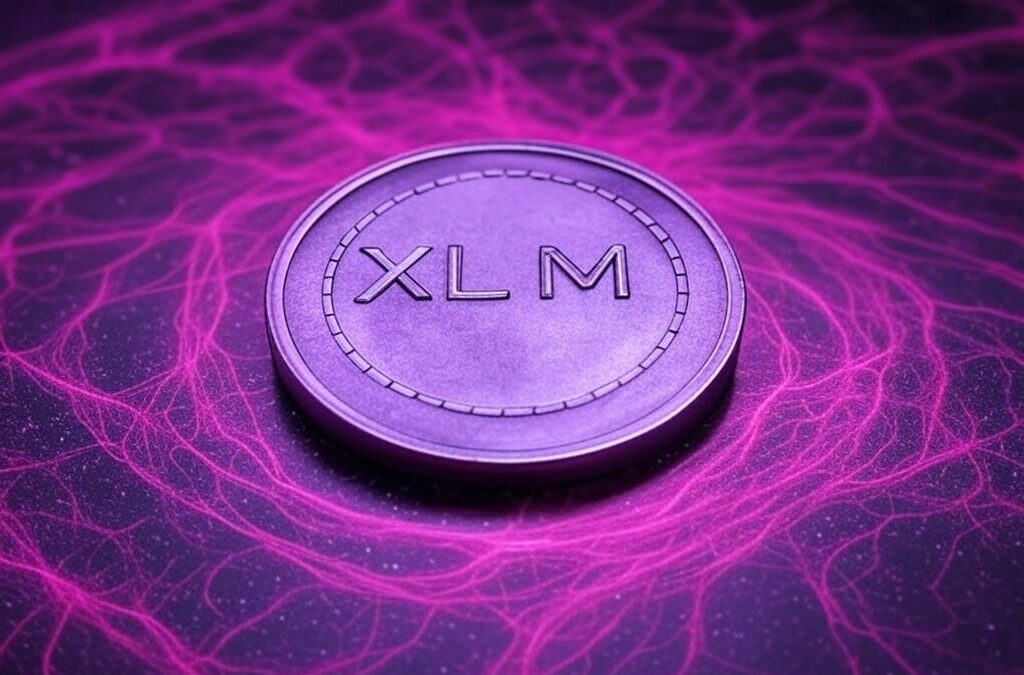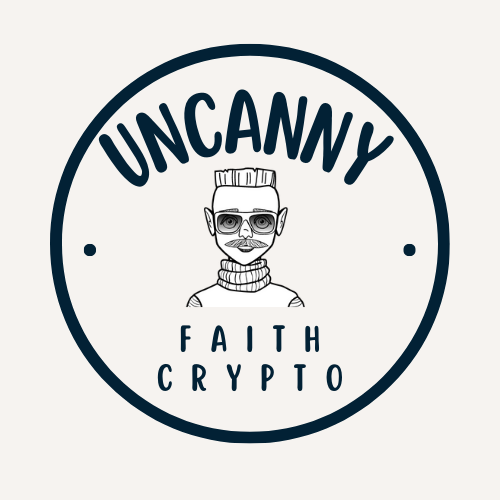
by uncannyfaith | Jan 22, 2025 | Cryptocurrency news and updates
The Crypto Market: Dynamics, Demand, and Regulatory Developments
The cryptocurrency market is experiencing unprecedented dynamics. Institutions and investors alike are making bold moves, signaling a shift towards digital currencies as a more integral part of the global financial system. Here’s an insight into the recent developments shaping the crypto landscape.
Growing Demand for Bitcoin and Other Cryptocurrencies
The head of Genobank has emphasized the significant rise in demand for cryptocurrencies like Bitcoin and Ethereum. The surge is largely driven by institutional investors and the increasing adoption of digital assets across a variety of industries. This trend highlights the growing role of cryptocurrencies as a legitimate part of many investment portfolios, signaling a broader acceptance worldwide.
Bitcoin and Ethereum’s Momentum; Ripple’s Strong Rally
Bitcoin (BTC) and Ethereum (ETH) are showcasing strong momentum, with many experts projecting higher price levels ahead. Additionally, Ripple (XRP) is making significant waves in the market, with projections suggesting a price target of $3.63. Such optimism is reinforced by Michael Saylor, whose company, MicroStrategy, has added 11,000 BTC valued at $1.1 billion to its holdings. These developments demonstrate continued confidence in leading cryptocurrencies from major players in the industry.
SEC’s New Crypto Task Force: A Path to Stability?
The U.S. Securities and Exchange Commission (SEC) has established a dedicated crypto task force to clarify the regulatory framework surrounding digital currencies. This initiative is seen as a pathway toward fostering innovation while protecting investors. Analysts believe such clarity could signal the beginning of a Bitcoin "supercycle," encouraging wider adoption of cryptocurrencies in various sectors. The regulatory move is expected to bring more stability, attracting even greater investor confidence.
Optimism from Institutional Investors
Larry Fink, CEO of the world’s largest asset management firm, has expressed unparalleled optimism about Bitcoin’s future, predicting a potential price surge of up to $700,000 under favorable conditions—such as increased institutional adoption. His firm remains committed to purchasing Bitcoin, often during quieter market periods, ensuring price stability and showcasing a forward-looking investment strategy.
Comparing Cryptocurrencies to the Dot-Com Era
Industry experts continue to discuss parallels between today’s crypto landscape and the dot-com boom of the 2000s. While many digital currencies exhibit immense potential, investors are reminded to approach with caution to avoid repeating past mistakes. A stable regulatory framework remains a critical factor for ensuring the sustainable success of this technology. The ability of blockchain to enhance efficiency for services such as investment funds and digital payments holds promise for the future of global finance.
Institutional Confidence Sparks Market Movements
Institutional investors, like BlackRock, are leading the charge in countercyclical crypto investments. Recent large-scale Bitcoin purchases show institutional trust in the potential long-term growth of digital assets. Furthermore, the introduction of spot ETFs is expected to improve accessibility for new investors, further fueling demand across the crypto market.
Key Takeaways for the Future
Current developments in the cryptocurrency sector highlight sustained interest in digital assets, with Bitcoin and Ethereum maintaining leadership in the market. Ripple’s rally further demonstrates the potential for growth across the industry. Importantly, analysts underline the necessity of a balanced approach to innovation and regulation to enable secure, long-term growth.
The establishment of clearer rules for cryptocurrencies could pave the way for greater adoption and alleviate the concerns of both investors and institutions. As technological advancements continue, regulatory support will remain crucial for integrating blockchain into the broader financial ecosystem.
Conclusion
The crypto market shows immense promise, with major investors and regulators driving its evolution. While risks remain, clear regulations and institutional support will be key milestones on the path to unlocking the market’s full potential. As progress continues, cryptocurrencies are poised to redefine the global financial landscape.
This article reflects an analysis of the dynamic crypto market, evolving regulations, and the growing adoption of blockchain technology, providing insights for investors and technology enthusiasts alike.

by uncannyfaith | Jan 21, 2025 | Cryptocurrency news and updates
Announcement of the Establishment of a New Crypto Task Force
To address the growing complexities of the cryptocurrency landscape, a new Crypto Task Force has been established. This initiative aims to enhance regulation, security, and innovation within the digital asset sector.
- Setting clear guidelines for crypto platforms.
- Strengthening measures against fraud and cyber threats.
- Supporting blockchain-based innovations.
- Collaborating with global entities to ensure consistency in crypto policies.
This announcement underscores the commitment to creating a balanced approach where innovation thrives while ensuring user protection.
Disclaimer: The information provided is for informational purposes only and should not be considered as financial advice. Cryptocurrency investments involve risks, and readers are encouraged to consult with financial professionals before making any decisions.

by uncannyfaith | Jan 20, 2025 | Cryptocurrency news and updates
A Historic Weekend: The Launch of TRUMP and MELANIA Memecoins
This weekend marked a historic moment in the cryptocurrency world. Unexpectedly, memecoins named TRUMP and MELANIA were launched, associated with former U.S. President Donald Trump and his wife, Melania Trump. These launches created a massive buzz in the crypto space, but they also raised significant concerns among investors about token distribution practices.
Highlights from the Weekend
- TRUMP and MELANIA Memecoins Launched: Both coins skyrocketed in price and market capitalization within hours of their release.
- Concerns Over Centralized Token Distribution: Alarming reports reveal discrepancies in how the tokens were distributed, creating skepticism within the crypto community.
TRUMP and MELANIA: Shaking Up the Crypto Space
While Donald Trump’s inauguration was set to occur on Monday, January 20, the former president stirred up headlines over the weekend with the announcement of the TRUMP memecoin on January 18. Built on the Solana blockchain, its tokens surged in value, peaking at $72 per coin and reaching a $15 billion market cap shortly after launch.
The next day, Melania Trump followed suit, announcing MELANIA, another memecoin. Like TRUMP, MELANIA experienced a meteoric rise, attaining a market cap of $1.9 billion in just hours. The two tokens ultimately generated unparalleled fortunes for some traders.
Wealth Distribution in the Memecoin Frenzy
These launches led to the accumulation of massive profits for a few individuals. For instance, one address reportedly netted a staggering $8.9M in profit from TRUMP trades using three different wallets.
This has heightened suspicions about who exactly benefited most from these tokens, amid serious concerns about centralized control within the token ecosystem.
The Problem with Token Distribution
Cryptocurrency markets thrive on transparency, allowing blockchain analysts to investigate token movement. An in-depth analysis of TRUMP and MELANIA, however, uncovered troublesome patterns in how these coins were distributed:
- Token Distribution Mismatch: Contrary to initial promises on their websites, a shocking 89% of TRUMP’s total token supply was held in a single wallet. This concentration of assets poses enormous risks, such as price manipulation or sudden "dumping" of tokens.
- Delayed Redistribution: After mounting concerns, the tokens were eventually dispersed across multiple wallets a few hours later. However, the damage to investor confidence had already been done.
The Collapse of TRUMP’s Price
One of the most dramatic moments during the weekend was the sudden decline in TRUMP’s value. After peaking at $72, its price plummeted to $40 within hours. Analysts identified the cause: a single trader who sold off approximately $85 million worth of TRUMP tokens, crashing the price by almost 50%.
This sell-off coincided with Melania Trump’s announcement of her memecoin, MELANIA, leading to speculation that insider knowledge may have played a role.
Insiders: The Real Winners
The suspicion of insider activity grew as blockchain investigators discovered a wallet that had been funded merely four hours before the TRUMP launch. This wallet made a $1M purchase of TRUMP tokens within the first minute of trading. Later, this same trader offloaded massive amounts of tokens, causing the price to nosedive. The timing and strategy strongly suggest that individuals with inside information stood to benefit most from the launches.
Community Backlash and Disappointment
The centralization of token control and sharp price declines left many investors feeling betrayed. Disillusionment among the community sparked new debates about regulatory intervention. A wave of “Gary returns” messages flooded social media platforms, referring to Gary Gensler, the former head of the U.S. Securities and Exchange Commission (SEC) known for his critical stance on cryptocurrencies.
Final Thoughts
The weekend’s historic memecoin launches were a rollercoaster ride for the crypto world. While TRUMP and MELANIA generated incredible wealth for a select few, they also exposed issues of centralization, insider trading, and risks for everyday investors. These events have further reignited discussions around accountability and trust within the crypto ecosystem.
As the dust settles, the crypto market continues to evolve—and this weekend serves as a stark reminder of the need for vigilance and transparency in the digital economy.

by uncannyfaith | Jan 19, 2025 | Cryptocurrency news and updates
In January 2025, the Stellar (XLM) blockchain has tallied a formidable milestone of over 83 million transactions. This surge in exercise displays the community’s regular development and adoption. Moreover, Stellar’s native token, XLM, has skilled a exceptional improve in worth, climbing 432% over the past 90 days. These metrics spotlight the blockchain’s sturdy efficiency and rising relevance within the cryptocurrency house.
For extra particulars on Stellar’s latest achievements and community exercise, proceed exploring the newest developments.

by uncannyfaith | Jan 18, 2025 | Cryptocurrency news and updates
Nasdaq to Delist Nature’s Miracle Holding Inc. Shares
Nasdaq has confirmed that it’s going to formally delist the shares of Nature’s Miracle Holding Inc. (NASDAQ: NMHI), an organization that not too long ago expanded into Bitcoin mining. The delisting grew to become efficient on January 17, 2025, following a call by the Nasdaq Listening to Panel.
The removing was based mostly on the corporate’s failure to fulfill the minimal shareholder fairness requirement underneath Nasdaq Rule 5550(b)(1). Buying and selling of the corporate’s shares and warrants was suspended on January 15, 2025. Following this suspension, Nature’s Miracle’s inventory has been traded on the over-the-counter market (OTC Pink Sheet).
Firm Transitions into Bitcoin Mining
Initially established as an agricultural expertise enterprise, Nature’s Miracle diversified its operations by venturing into Bitcoin mining and electrical automobile manufacturing. In December 2024, the corporate expanded its cryptocurrency actions by buying 90% of the mining agency J&Y Marigold. Regardless of these efforts, longstanding monetary points led to the Nasdaq delisting.
In an try to handle these challenges, Nature’s Miracle submitted an in depth restoration plan to Nasdaq. This plan included a Securities Buy Settlement (SPA), signed with an institutional investor on January 10, 2025. Nonetheless, the announcement triggered a pointy 40% drop within the firm’s inventory value on the identical day, reflecting investor issues.
Plans for Relisting on Nasdaq
In response to the delisting, Nature’s Miracle has reaffirmed its dedication to regulatory compliance and monetary stability. The corporate is actively exploring strategic choices—corresponding to mergers, acquisitions, and partnerships—to bolster its monetary standing and strengthen operations.
Nature’s Miracle has assured its shareholders that transparency stays a precedence and has pledged to supply common updates. Moreover, the corporate has denied involvement in a previous press launch issued by its placement agent on January 14, 2025, which can have influenced inventory volatility.
Future Outlook
Whereas the corporate faces challenges, there may be optimism throughout the Bitcoin mining trade, particularly as current political guarantees have aimed to make america extra favorable for cryptocurrency operations. Nature’s Miracle is assured that these developments, together with its strategic initiatives, will assist it regain investor belief and obtain its purpose of relisting on Nasdaq.
This rewritten content material is clearer, Website positioning-friendly, and avoids references to particular hyperlinks or promotional materials, guaranteeing an expert and concise tone.





